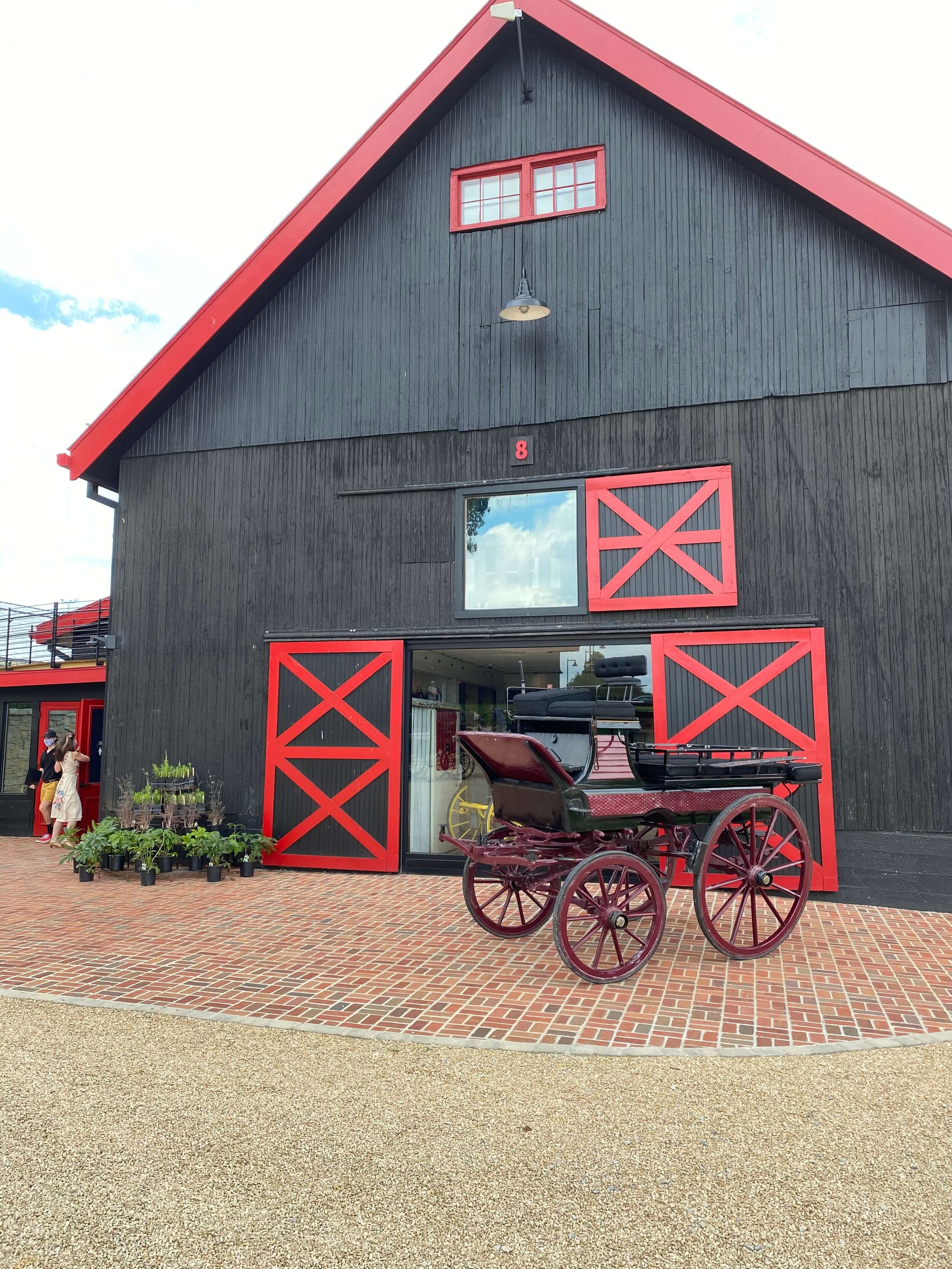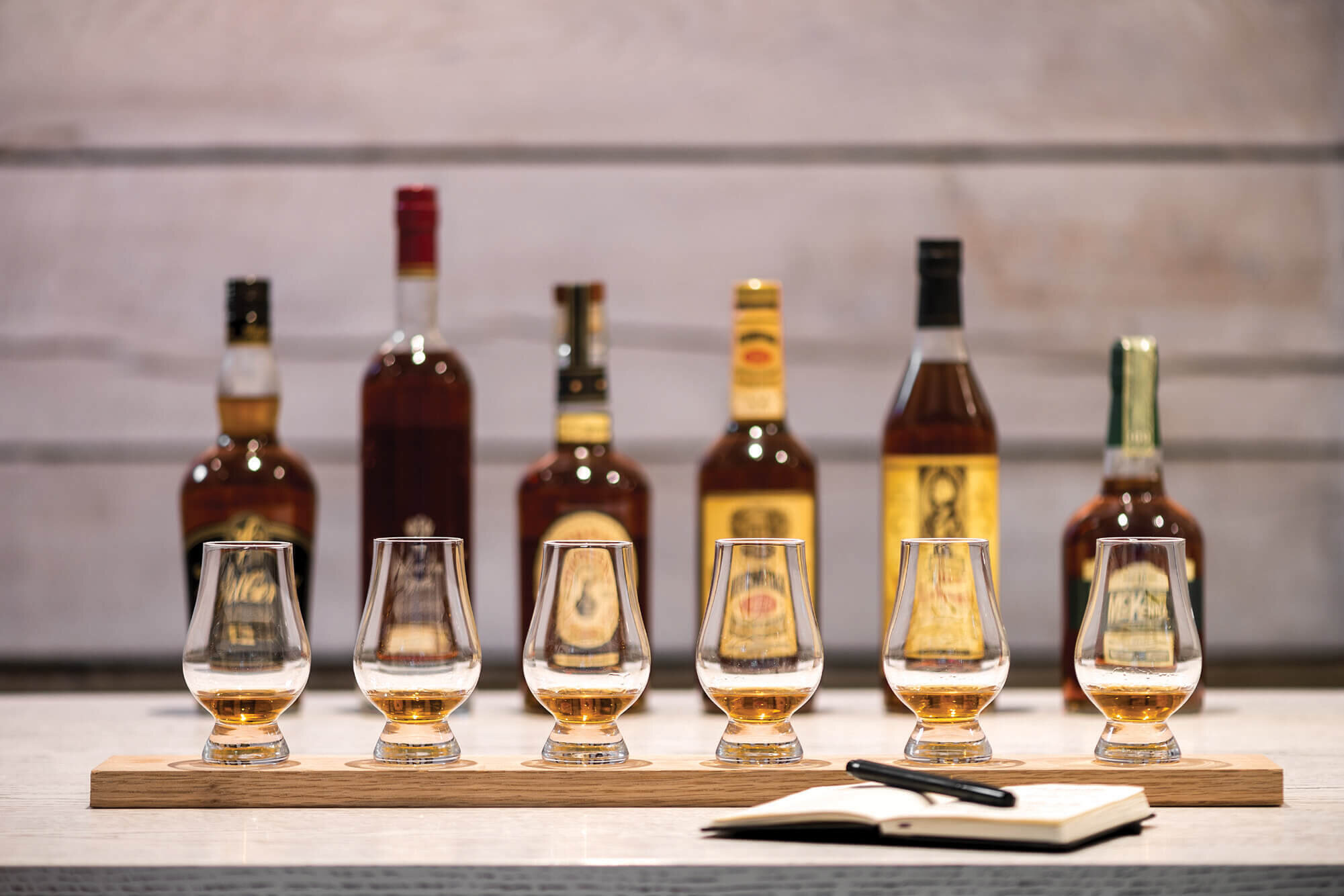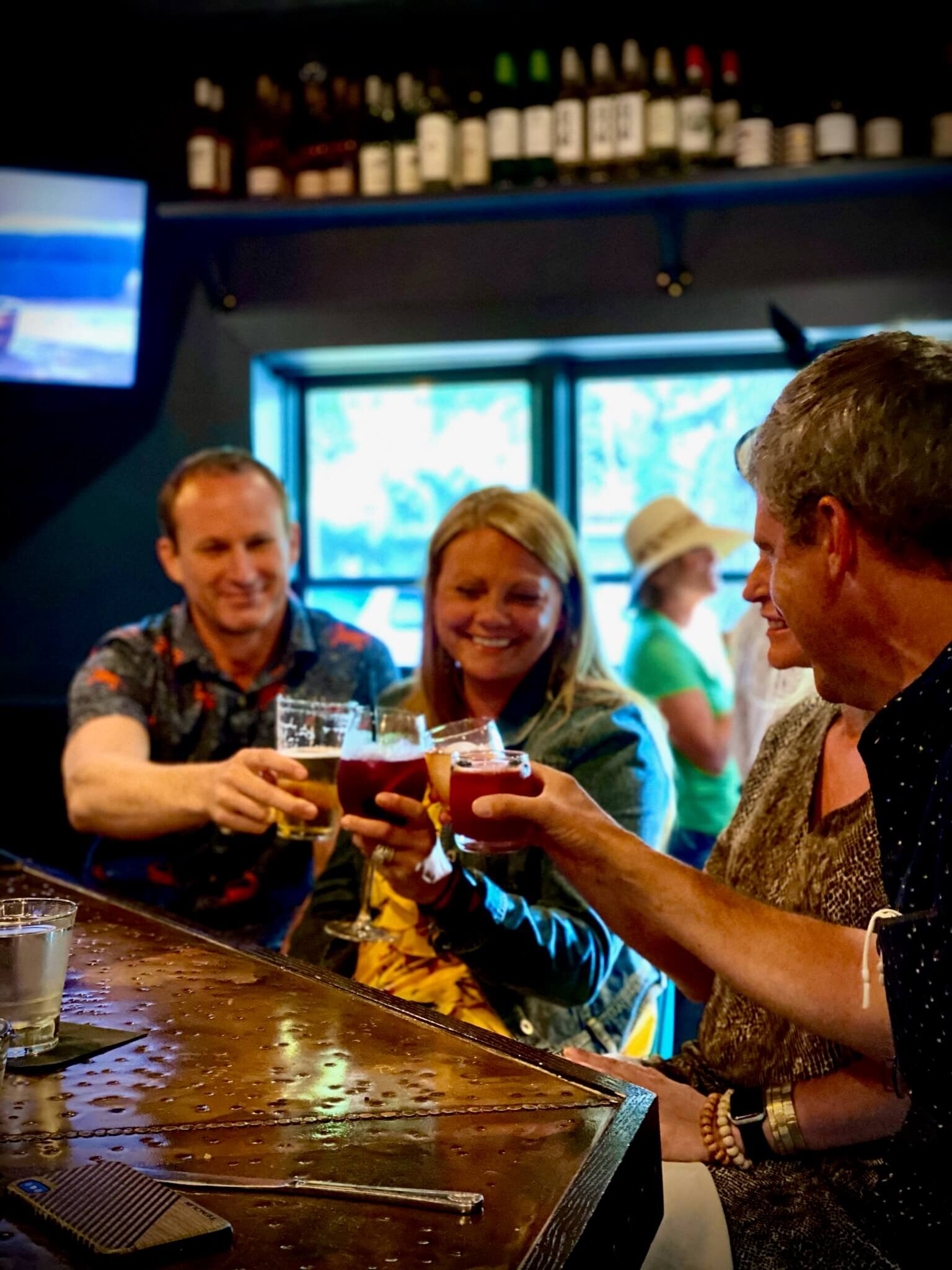When Will Bars Start to Recover from the COVID-19 Pandemic?
We’re reaching the “Roaring Twenties,” just a year and a half or so late. More people are going out to bars and restaurants, but mask mandates are coming and going along with COVID variants, which leaves many wondering just when is their favorite bar going to start feeling like their favorite bar again?
When the pandemic hit, restaurants and bars were met with various regulations to keep people safe, but those regulations also made it difficult for those establishments to remain profitable. Some shuttered completely because they felt they couldn’t provide the best service with takeout or reduced capacity. As bars and restaurants begin to open back up, either to full capacity or from being shuttered, a new challenge looms: how to adequately staff to meet pent-up consumer demand after a year of personal and business loss.
The Pandemic Pivot
Barn 8 photo courtesy of EPR
In Kentucky, Barn8 Farm Kitchen & Bourbon Lounge opened during the pandemic. While it wasn’t ideal timing, their setup made social distancing much less of an issue as diners could choose to dine in individual horse stalls in a decommissioned thoroughbred barn.
“While the pandemic has taken its toll on the service industry in general, we continue moving forward by trying our best to adapt to the changes that we have been given,” says Erin Delaney, food & beverage director at Barn8. “It is hard working in a bar or restaurant when we can’t see other people’s smiling faces and they can’t see ours. I think, though, the service industry has cared for each other more now than ever and will continue doing so once we get past this.”
Photo credit Matt Stone
Many states issued emergency orders to make to-go cocktails possible as a way to help struggling bars and restaurants. Many well-known whiskey bars made the difficult decision to sell their whiskey collections in order to keep the bills and the staff paid in the short-term. But now that COVID is waning, restrictions are easing up, and people are thirsty for a great drink, whiskey bars are finding it difficult to flip the switch back to full-time service.
Safety First
“Yes, labor is important, and finding and retaining properly trained staff is invaluable, but creating a stable and enjoyable environment should be the forefront of what employees are focusing on right now,” says Adam Mason, LouVino cocktail specialist. “We are in unfamiliar territory when it comes to safety and need to remember that our guest's interpretation of what we do for them has been a year skewed. Having a frame of mind that allows us to have more patience with guests will help rebuild a foundation for employees to reinvigorate the bar scene.”
“It’s the economy, stupid.”
One continual refrain from bar owners is the difficulty they are facing staffing their bars to the needed capacity, despite offering competitive wages, and even when they have secured staff there are still no-shows. According to the Associated Press, the economy grew 6.4% in the first quarter, and economic growth is on pace to hit 7% for the year, the greatest amount since 1984. Couple that with a climbing vaccination rate, falling COVID positivity rate, relaxing federal, state, and local mandates, and more than a year of isolation and it’s easy to see why businesses are gearing up for record demand.
On the flip side, there have been nearly 600,000 COVID deaths in the United States alone. In a preprint (not yet peer-reviewed) study published by medRxiv, cooks are listed as having the highest mortality rate from COVID, bakers come in fourth, chefs and head cooks come in 11th, and bartenders came in 24th out of 25 of the occupations with the highest rates of COVID deaths. This spells big trouble for bars and restaurants. Additionally, in a Microsoft Work Trends Survey, more than 40% of people globally said they plan to leave their employer this year.
Add to all of this a childcare crisis in which some childcare centers went out of business and childcare workers had to find other work. There's less childcare availability now than there was before the pandemic and it's not looking like it's getting better anytime soon, keeping many parents from fully participating in employment.
A higher-than-usual death rate among working-aged people will naturally create a “talent suck” in which workers seize the opportunity to move into better, higher-paying positions. High death rates in certain sectors mean that those jobs become less attractive, particularly when there are other options. And some people just don't have the ability to return to work yet. It’s labor’s market right now, to put it simply.
Supply Side Woes
It’s not just labor woes that have bars and restaurants in a pickle.
“Besides labor, there have been supply issues,” says Space Cowboy Houston bar-owner Greg Perez. “Right now, COVID has slowed down the supply chain pretty much everywhere. Agave products and Mexican beer are constantly being back-ordered or put on a limit. A lot of places have closed down offices or manufacturing plants. So fixing my AC here in Houston has been an issue due to lack of parts, and lumber is through the roof. Some food products, such as Buffalo wings, have been hard to find, and when we do, it’s at a premium.”
Supply chain issues that are seemingly unrelated are trickling into bars and restaurants, and not just where imports are concerned. COVID shutdowns have interrupted everything from meatpacking to farming and agriculture (food and agriculture had the highest risk ratio in that medRxiv study), and these hiccups are really underscoring just how fragile our supply chains really are.
Lucky Rooster
“There are issues that go further and deeper than just my restaurant and bar that I feel need to be a major focus for policy makers,” says David Leffew, operating partner and co-owner of Lucky Rooster Kitchen + Bar on Hilton Head Island, which he purchased and re-opened in March of 2021 after it was shuttered during the pandemic. “Our customers are coming out and the demand for enjoying a night out with some drinks and food has never been higher. The crowds coming to Hilton Head Island have never been bigger. I am working hard to keep up, but I’m running into challenges with my vendors and suppliers to get product here to serve my guests. It is a real problem — my sales reps tell me production plants are only running at half staffing, because of COVID protocols & regulations or just a lack of staff. Other products are stuck in the docks and can’t get to us because there aren’t enough hands to get the crates unloaded. And our liquor, beer, food, and wine distribution companies are struggling to find drivers. We need to ensure there is a focus on the supply chain or we could be facing serious challenges in the next year. I’ve already had to adjust my menus due to shortages, price hikes, and inconsistent availability of liquors, wines, and food products. If prices keep rising and shortages keep occurring, it will have a major impact on the ability of a bar and restaurant to be successful.”
Looking Forward
It’s going to take time. It’s going to take time for supply chains to even out. It’s going to take time to match the demand for labor up with the availability of labor in a way that works for all parties involved. Unfortunately for many bar and restaurant owners, time is another of the things they are short on.
The best thing consumers can do right now is support your favorite local businesses, tip generously, and be patient. And for bar industry folks, while the challenges facing bars seemed to occur overnight, they will take a lot longer to dissipate. Hopefully the industry will come out of this stronger and more sustainable than before.





